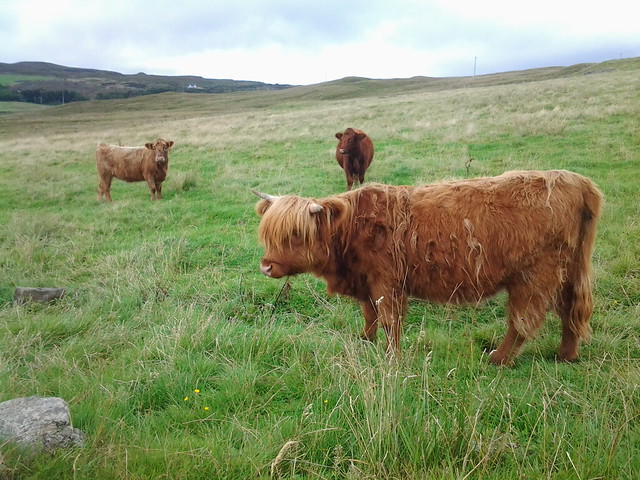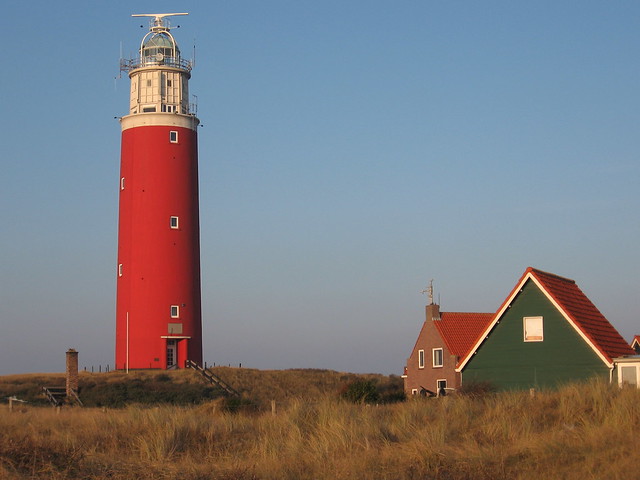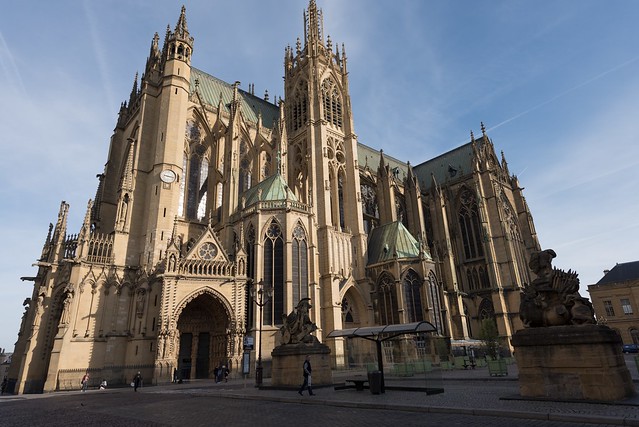If you have red or ginger hair in the Netherlands or Dutch-speaking parts of Belgium you might be called a vuurtoren [ˈvyːrˌtoː.rə(n)], or literally a “fire tower”. This is apparently a rather rude way to refer to redheads. Other ways include roodhaar (red-hair), roodharige (red-haired), rosse (red), or rossekop (red-head) [source].
As well as meaning redhead, vuurtoren also means lighthouse or beacon, and was a nickname for the old 250 Guilder note, which had a lighthouse on it. Another name for a lighthouse is a lichttoren, and a lighthouse keeper is a vuurtorenwachter.
Vuur (fire, heat, heater, lighter) comes from the Middle Dutch vuur (fire, bonfire, passion), from Old Dutch fuir (fire), from Proto-West Germanic *fuir (fire), from Proto-Germanic *fōr (fire), ultimately from Proto-Indo-European *péh₂wr̥ (fire) [source].
Toren (tower, rook (in chess)) comes the Middle Dutch torre (tower), from the Old Dutch turn (tower), from the Old French tur/tor (tower), from the Latin turris (tower, rook), from the Ancient Greek τύρρις (túrrhis – tower) [source].
A YouTube Channel I found recently is Linguriosa, which is run by a redheaded Spanish lass (una pelirroja) who makes interesting and funny videos about the Spanish language. She talks clearly and not too fast, so it’s great if you’re learning Spanish, as I am at the moment, or are a fluent speaker. Here’s an example:
Do you know of similar channels in other languages?




